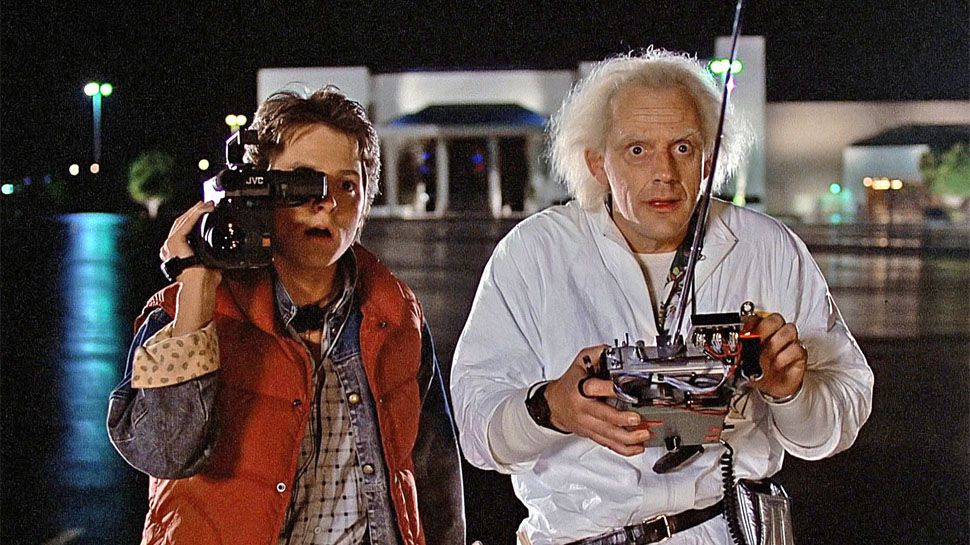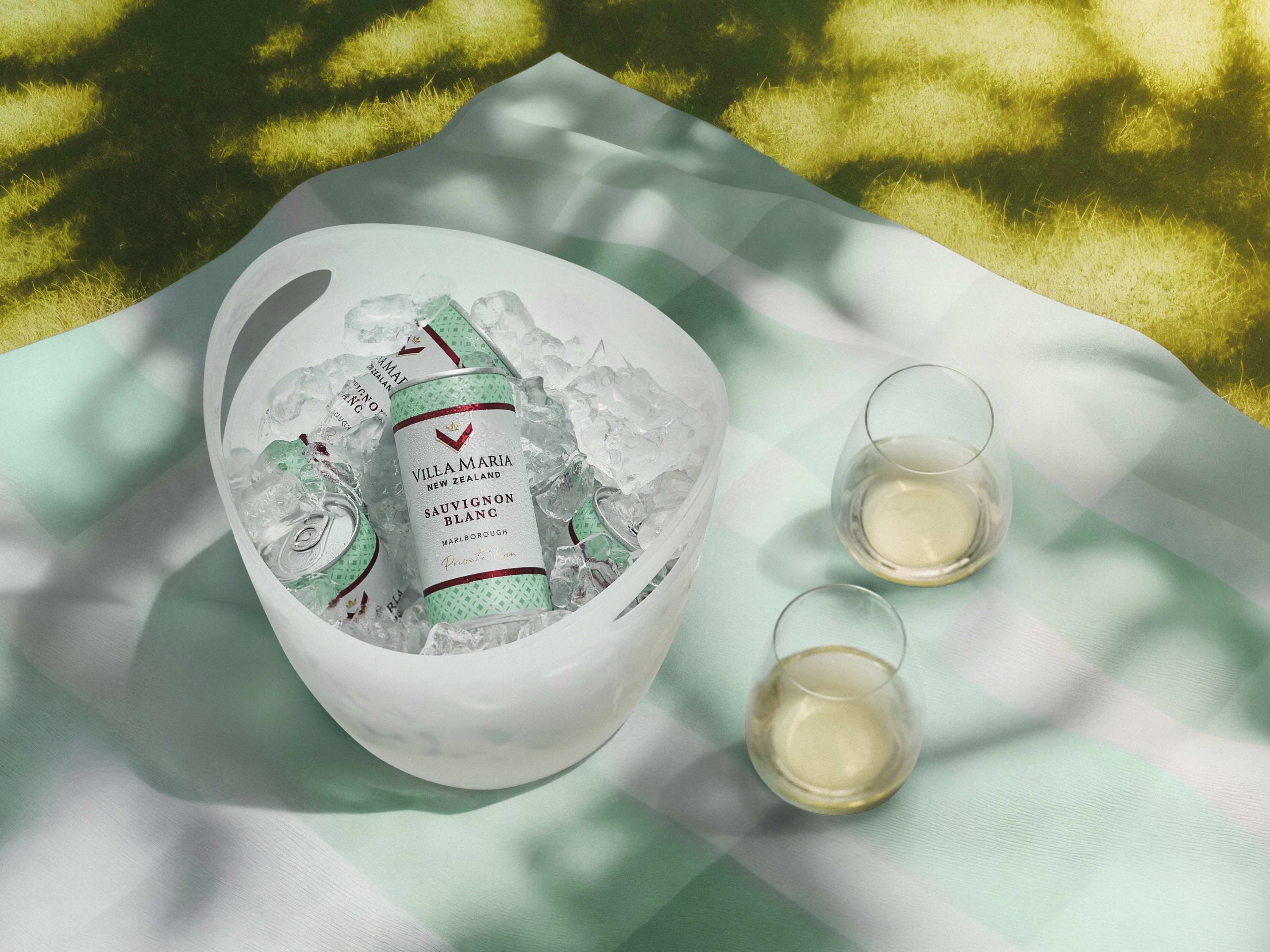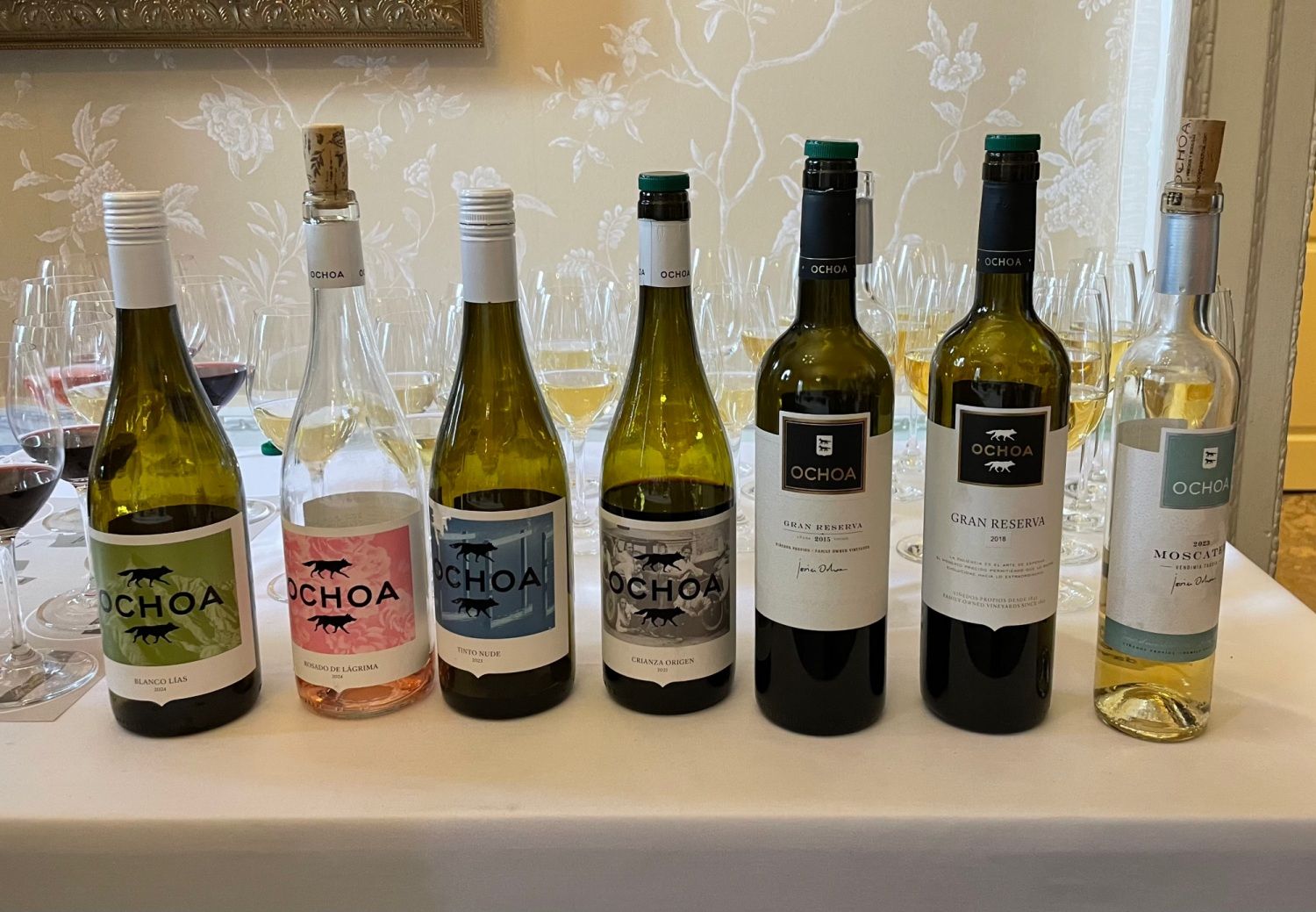Phrases such as ‘Streaming Wars’ or ‘Hipster Luxe’ to the ‘Internet of Eyes and Ears,’ and ‘Trendy Teetotalism’ may not easily skip off the tongue today, but if the trendsetters at J Walter Thompson are right these will be very much on our radar over the next 12 months.
If you struggle to keep up with your Twitter feed or have not updated your Instagram posts for a week or two, or don’t even have them to worry about then you might want to skip the below. But then if you are involved in the buying, selling, marketing, producing or promoting of alcoholic drinks then you might want to pay attention all the same.
Now any hopes that we might one day end up working for, or with, such a creative beast as J Walter Thompson may have passed us by, but that does not mean we can’t benefit from all the hip, on message, switched on clever people that do. Particularly when they are so kind to release 200 pages worth of trends and forecasts based on how we are all going to be behaving in the near future, be it shopping online or down the old fashioned, bricks and mortar high street.
The J Walter Thompson Future 100 report is, as it says, “our snapshot of the year ahead and the most compelling trends to keep on the radar”. What’s particularly interesting about its findings are they are across a wide range of industries and business sectors. So whilst on paper they may not all seem relevant to those that look at the world through the bottom of a wine or spirits glass, collectively they paint a picture of not just the sector we live in, but importantly the wider business world.
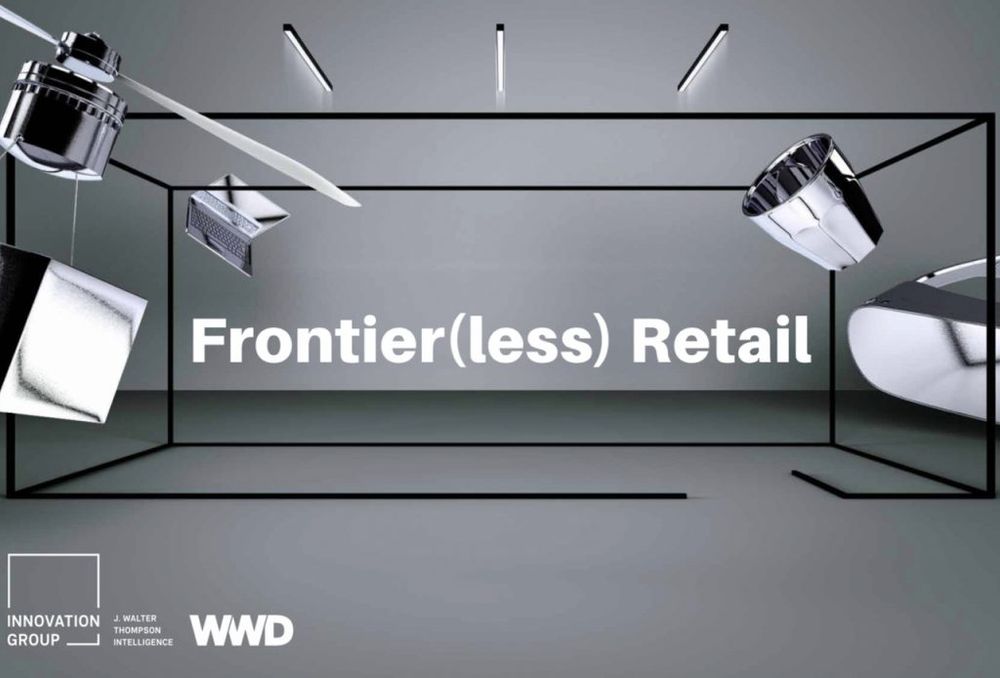
For J Walter Thompson this is its opportunity to assess just how disruptive new technologies are going to be, and how open we are as consumers to some of the technological changes that could be possible today, be it augmented reality, artificial intelligence, or products that have more to do with applications of neuroscience than they do a creative team sitting around coming up with ideas and writing them down with different coloured felt tip pens.
Lucie Greene, worldwide director of the J Walter Thompson’s Innovation Group, sums of what the report is trying to achieve: “The future is happening faster than ever, thanks to the rapid pace of tech innovation and digital culture. New models of commerce are causing disruption and scaling rapidly. In food, drink and beauty, we see nascent trends exploding in a nanosecond, thanks to social media. Meanwhile, new technologies are completely transforming the way we interact with commerce, marketing and the internet. AR, VR, AI, voice activation and 5G will all create seismic change in the way we work and live. Coupled with this we are seeing consumers who are more demanding of brands than ever – and focused on wellbeing, experiences and self-improvement in all aspects of their lives.”
Here are some of the highlights from over 200 pages over analysis:
Transcendent Retail
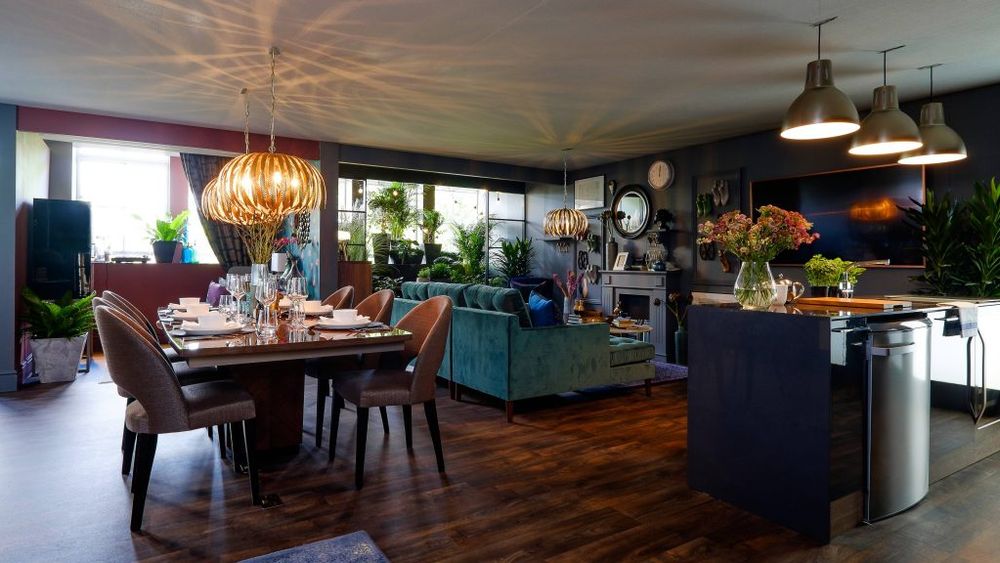
How John Lewis stores will look in the future where it is more like going to someone’s home
“Shopping is leaping to the screen and morphing into a more immersive experience, as voice technology, augmented reality (AR), and artificial intelligence (AI) transform the retail industry.
Why is this interesting? “A streamlined online experience is no longer enough in retail. Customers are increasingly expecting retailers to link the online and offline worlds to create a seamless, intuitive customer experience that makes buying products quicker, easier and more enjoyable.”
The Buyer’s view: We are seeing this in a whole host of new interactive features within high street retailers and the fact the likes of John Lewis are sending staff to acting lessons so that they can perform like they are on a retail stage with their customers. We can expect more retailers to give up floor space to offering memorable experiences, rather than just simply products.
Back to basics

Morrisons Veg Box: an example of how big retailers are trying to tap in to consumer’s desire to go “back to basics” in their shopping
“When it comes to food, drink and personal care, consumers are prioritising items that are natural. As values such as organic and non-GMO become the new normal rather than premium, how can brands differentiate themselves. Nearly half (49%) of US millennials say they now expect all products to be GMO free, while 43% expect organic, 53% natural, 64% sustainable and 56% recyclable, according to a survey conducted by SONAR™, J. Walter Thompson’s proprietary market research tool.
The Buyer’s view: All this puts the growing worlds of natural, organic and biodynamic wines in a new light and may well be the route to go for some merchants, retailers and restaurants to attract consumers that see the “making” aspect of wine as the most important. Similarly in spirits where craft, and authenticity and the more natural the spirit or beer the better.
App-appeal
The report reports how wine apps and new subscription clubs, such as Winc, that use algorithms based on consumer taste preferences to recommend specific wine options. It cites a study by the Sonoma State University Wine Business Institute that found 23% of consumers already use apps to decide which wine to purchase. “It seems as though the time is ripe for wine app algorithms,” says the report.
The Buyer’s view: This is a rare part of the report where we could probably teach J Walter Thompson something, but it is quite clear the role of wine and drink delivery apps like Vivino and Wine Searcher are going to increasingly disrupt the traditional drinks and wine retail model. They already have enormous consumer bases, once they really start to implement the Big Data analysis and other interactive tools on those platforms then the world of wine will be shaken even more.
Veganonomics
“Vegan food is crossing into the mainstream like never before, popping up on the menus of popular restaurants and even fast-food chains. As consumers begin to realise the effects of meat on their health, as well its carbon and water footprints, they are adapting their diets and seeking plant-based alternatives…according to the Vegan Society, the number of vegans in the UK rose 360% over the past decade, particularly in urban areas and among people aged between 15 and 34.”
Why this is interesting: “Vegan food is becoming standard, as consumers in urban areas expect a vegan option on the menu. In many cases vegan food is no longer being marketed as vegan; it’s targeting all health-conscious and eco-friendly consumers.”
The Buyer: This clearly provides new opportunities for drinks producers, winemakers, producers, retailers and restaurants in terms of the kinds of wines they are making and selling. If it makes increasing consumer sense to push the vegan aspect of a wine, then so be it.
Mood food and drink

How a dessert is designed can help change your mood…
“As consumers begin to appreciate the effect of diet on mood, food and drink brands are catching up and updating their products and services to look beyond physical fuel…Larger restaurant franchises are catching onto this trend. Pizza Hut launched a mood-enhancing pizza in time for 2017’s Blue Monday in January. Late-night London bar Barts has also developed mood-boosting cocktails. Each is named after the feeling it supposedly induces. Options include Happiness, Focus or Relax, made with ingredients such as cherry tomatoes, smoked wheat coffee beans, and chamomile elixir.
Why it’s interesting: “Consumers are starting to appreciate the impact that food can have on their mood and mental health. They will increasingly expect brands to deliver products that don’t just taste good, but deliver a feel-good factor too.”
The Buyer’s view: You can’t get more of a legal mood changer than alcohol so this is an area that needs to be handled carefully and responsibly. But as we have seen in the US with the legalisation of cannabis, consumers are going to be a lot more open to the idea of imbibing drinks that help them chill out, or pick them up in a responsible fashion.
Trendy Teetotalism
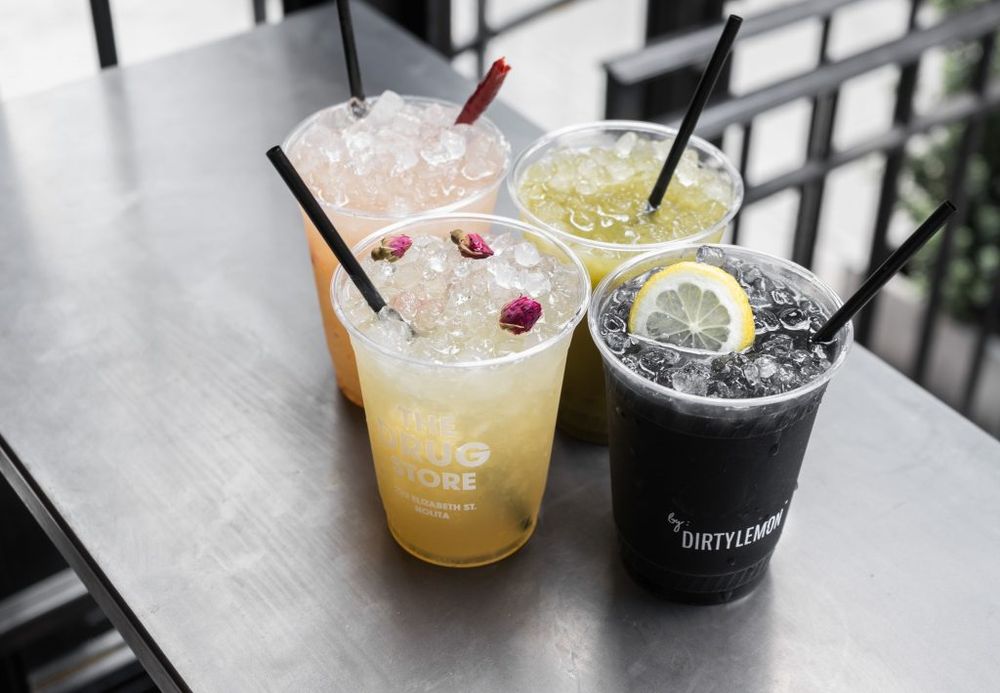
Anything with alcohol please…
“Today’s wellness-focused consumers are turning their backs on alcohol, but still looking for a premium nonalcoholic experience. But what does a wellness bar look like? In June 2017, detox drink company Dirty Lemon opened a non-alcoholic pop-up bar in New York’s trendy Nolita neighborhood. The space, themed to look like a vintage drugstore, sold $10 variations on Dirty Lemon’s wellness elixirs, which contain ingredients such as collagen and activated charcoal. The brand worked with local mixologists to develop an experience that felt more “nightlife” than “wellness”—without losing any of its health benefits. “We’re trying to recreate what people have come to expect with a craft cocktail bar,” said chief executive Zak Normandin.
Why it’s interesting: “The global alcohol market saw a sluggish 2016, including the first decline in consumption in the United States since 2011, according to figures from the International Wine and Spirits Record. By comparison, the global non-alcoholic beverage market is projected to reach $1.6 trillion by 2025, up from just over $967 billion in 2016, according to a 2017 report from Grand View Research. In the future, look for more elevated experiences geared specifically towards non-alcoholic drinkers.”
The Buyer’s view: The drinks industry is operating to new rules. Fewer drinkers looking for healthier options is very much the order of the day in the UK and other mature markets. Consumption might be going up in other parts of the world, notably the US, China and Asia, the rest of the industry is very much focused on capitalising on, at best, a static market that is looking to drink less. The teetotal trend might on the face of it look like a threat, but it could also help bring more people in to bars and restaurants that offer a wide range of both alcoholic and non-alcoholic options.
AI food and drink
“Artificial intelligence (AI) points to a future of effortless transparency when it comes to the food on our plate (or the drink in our glass)…Pinterest recently announced a dish recognition feature in May 2017 to improve the user experience for foodies. Users can take photos of food and find relevant recipes related to the shot they’ve captured. The feature has been called “Shazam for food” and uses machine learning in a similar way to Pic2Recipe. Silicon Valley startup Passio also uses image recognition and machine learning to create food diagnostic tools that allow users to swipe their phones over their plate to gather effortless information on their diet.”
Why it’s interesting: “In a connected world obsessed with food photography, image recognition may well be the easiest route to calorie counting. AI will become commonplace in the food and drink industry, enabling consumers to simply point their phones and discover all the facts about their food.”
The Buyer’s view: This is very much linked back to the opportunity for wine apps and other platforms to engage with consumers and push relevant products, based on their likes and dislikes, directly to them in a trading environment they feel comfortable in. This offers potentially enormous opportunities for the drinks industry.
Amazon everything
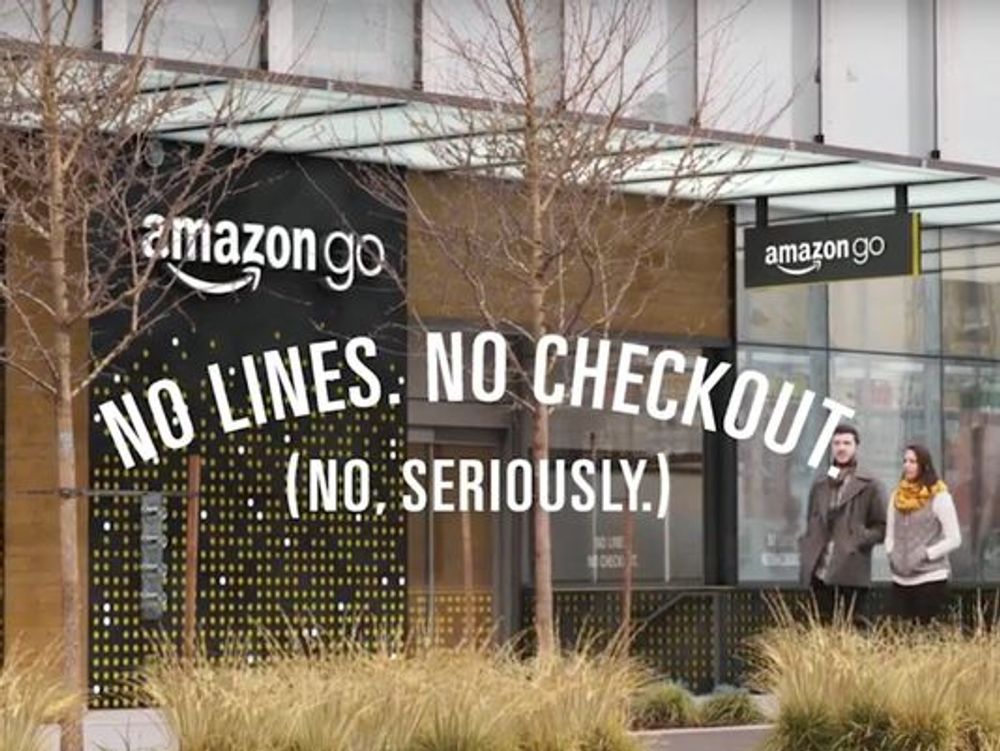
Amazon is coming to the high street
“2018 might be Amazon’s most interesting year to date. After its surprise acquisition of Whole Foods in 2017, the question is: which established industry will it take on next? The jury, though, is out, on what will happen with Amazon. 2018 could be the year when it becomes truly unstoppable—or it gets cut down to size.”
But in the meantime expect it to become an even more important tool for advertising. It brought in $1.8 billion in digital advertising revenue worldwide in 2017, up from $1.4bn last year and will provide brands with “an unparelleled view” of how, what and when people buy.
The Buyer’s view: Amazon remains the biggest threat and opportunity for traditional drinks producers and retail model. But it will also give brands and producers an increasingly unique way to understand consumers like never before and personalise offers and promotions that traditional retailer can’t currently compete with.
Hyper-personalized products
“The move towards diagnostic, highly personalised health and beauty goods and services is now being seen in more general retail.”
Why this is interesting: “Consumers are becoming more comfortable with the idea of giving up personal information and data—and even modifying their bodies—in exchange for knowledge and convenience. This could influence retail on a wider level, with customers willing to trade even intimate details for a more bespoke experience.”
The Buyer’s view: This is where good merchants, restaurateurs and bars should come in to their own. Creating relationships with customers that they can trust both face to face, but through a whole range of digital touchpoints could potentially be very exciting. Particularly as consumers recognise the value in sharing data and giving over as many personal details as possible that helps them get a better service and more tailored offers in return.
Wallet Wars
“Companies are working to own not just the retail experience, but the digital wallet as well.”
Why this is interesting: “Control over payments gives companies valuable consumer data and an avenue for promotions that engender loyalty. The more you sell, the more you sell.”
The Buyer’s view: Payment systems are going to be increasingly important and also make a big difference to how effective different retailers, operators are. It is less about offering an efficient payment tool, but how it allows you go to get closer to your customers to encourage repeat visits.
URL goes IRL
“What happened to the “death of retail”? Far from annihilating the brick-and-mortar retail sector, major e-commerce brands are revitalising it through creative concepts that merge URL and IRL experiences in new ways.”
Why this is interesting: “Despite the convenience of e-commerce and the vast number of online purchases made every minute, consumers still enjoy the thrill of seeing, touching and engaging with a product. E-commerce brands are leading the way in merging the two in unique ways.”
The Buyer’s view: Again the drinks industry is well placed to capitalise on this. Drink is always one of the first major categories that retailers trial and push through e-commerce and any steps that allow that to enhance a bricks and mortar retail offer can only be good for all. We are seeing restaurants like M Restaurant introduce its own retail offer, both as a shop and online to sit alongside its dining in experience. We can expect more online, retail hybrid models to emerge.
Reuse Rebranded
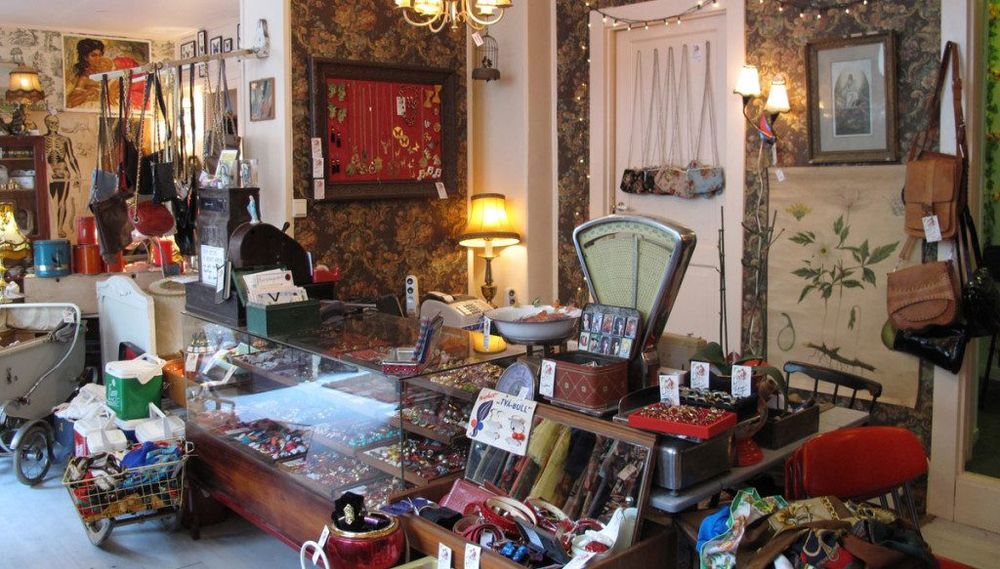
‘Thrift and consignment shopping is no longer about trawling musty-smelling stores to unearth rare treasures. Instead, tech and data-driven businesses are introducing a new slickness to thrift shopping, using data to make the process painless for both seller and buyer.”
Why this is interesting: “Second-hand shopping is becoming a seamless, often luxurious experience. Consumers want to extract value from their designer purchases, and, on a more mass level, are looking to move away from cheap, throwaway fast-fashion purchases and extend the life cycle of clothes.”
The Buyer’s view: Again a very interesting trend for merchants sitting on large stocks of wine and spirits and an opportunity to find ways to push and promote them to customers. This does not mean just fine wine, but reasonably priced bottles that can be better targeted at customers, be it via special occasions, key dates.
Retail’s Unemployment Crisis
“The automation of manufacturing and transport jobs may make headlines, but the retail sector looks set to be the biggest loser.”
Why this is interesting: “With the launch of new staffless retail concepts following on the heels of in-store automation, the retail sector faces further disruption. For successful retailers, digital technology presents an opportunity to invest in better customer service, enhancing the customer experience.”
The Buyer’s view: Something the drinks industry is already living with, and again well placed to benefit from providing it can provide and find the right models that allow bricks and mortar retailers migrate to more of a digital, direct platform. This is also relevant for brands who will find less retail space in which to sell their goods where going direct and having their own digital presence has to be the way to go in the near future.
- You can access the full J Walter Thompson Future 100 report here.
